Bartłomiej Krzysztan
It was a stormy evening, Saturday, August 29, 1931. For almost three weeks, deputy Tadeusz Hołówko had been a patient in Truskawiec, health resort located in Bieszczady mountains known for its mineral springs, which belonged back then to the Lviv province. The restorative stay was recommended to him by his doctor due to a significant weakening of his heart muscle. He lived in a boarding house of the Greek Catholic Basilian Sisters. This choice could have been for Hołówko a manifestation of a conciliatory attitude towards the Ukrainian minority. Tadeusz, who described in the letters to his wife his loneliness, planned to leave Truskawiec the following day. Shortly after 8 p.m., two men appeared in the doorway of his room. They shot him six times all of the gunshot wounds proved to be lethal.
The death of the man who became a symbol of Polish-Ukrainian reconciliation is treated by PhD. Bartłomiej Krzysztan, assistant professor at the Institute of Political Studies of the Polish Academy of Sciences, specialist in the field of political anthropology, cultural and political memory, and post-colonialism.
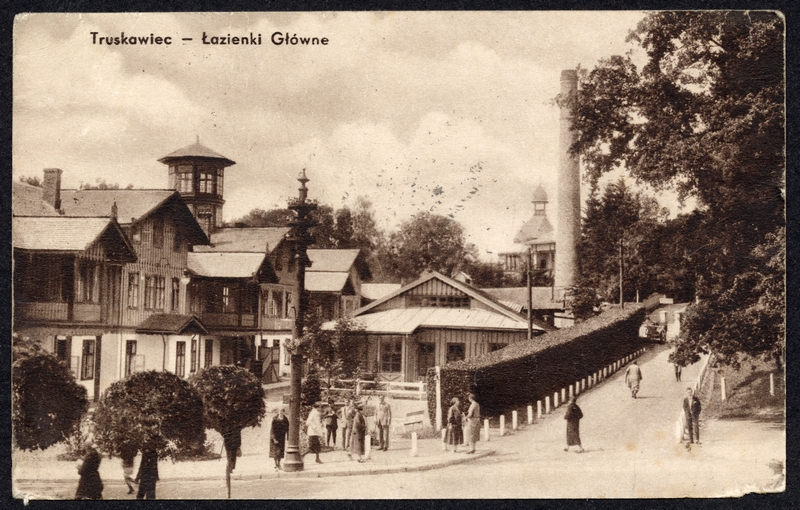
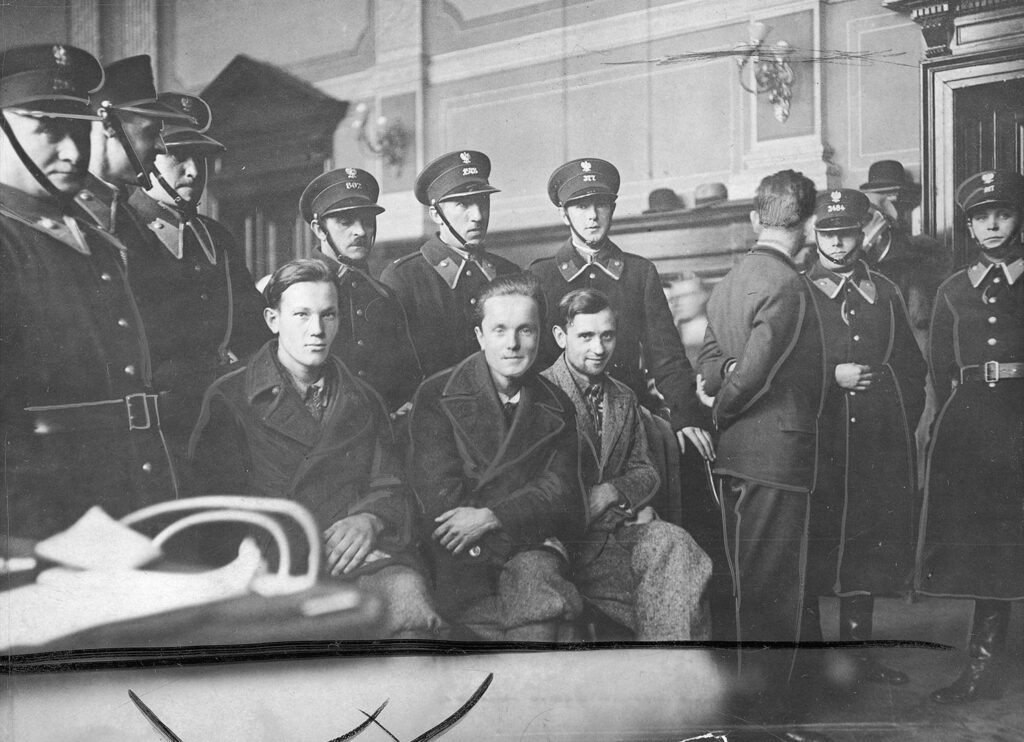
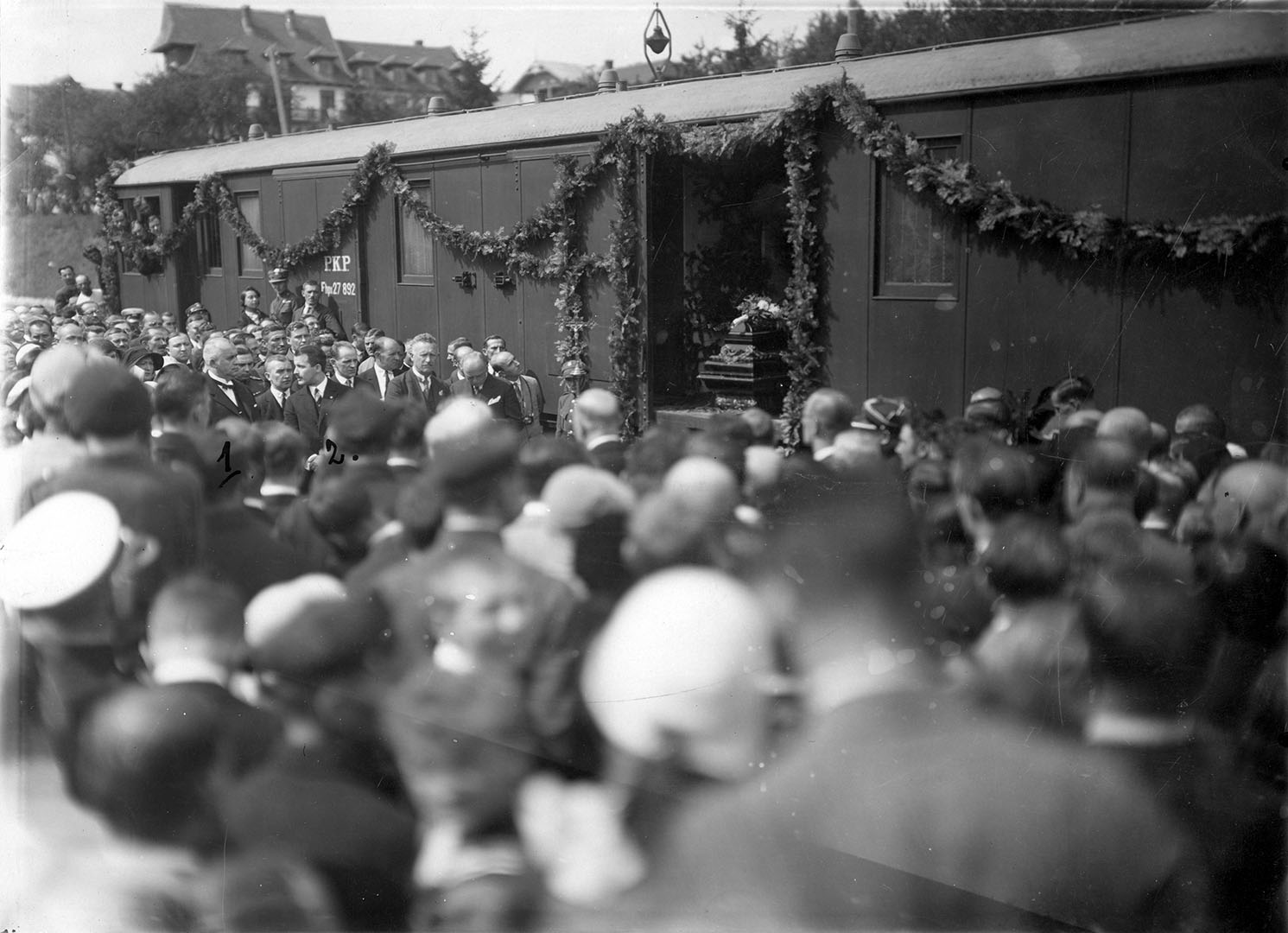

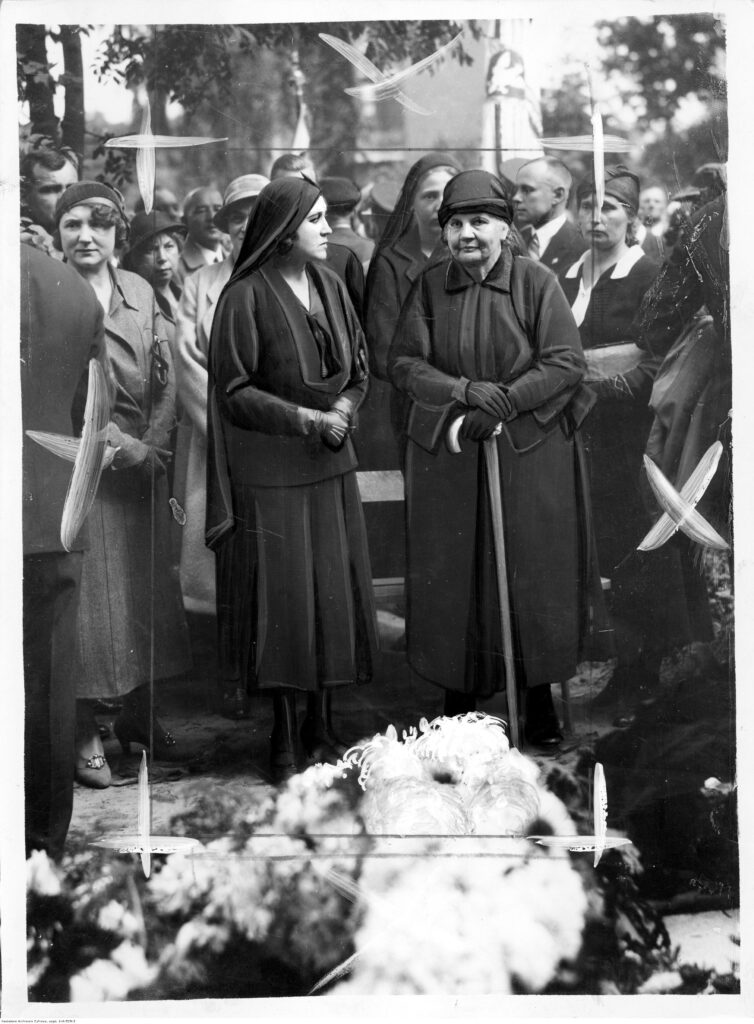
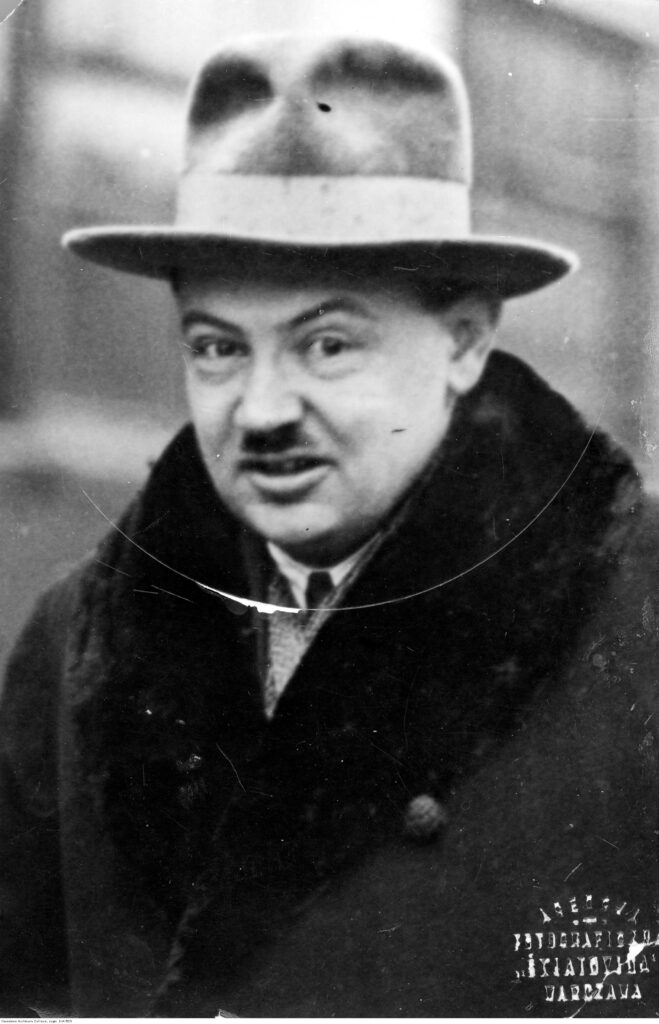
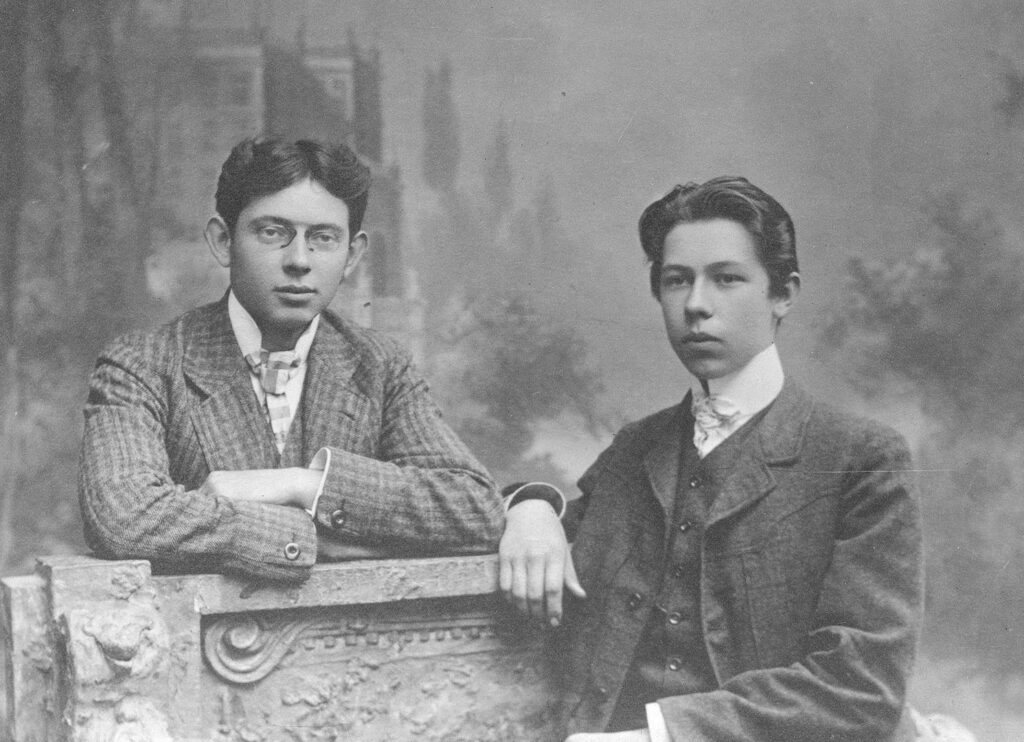
Full article in Polish is HERE
English version is coming soon.



